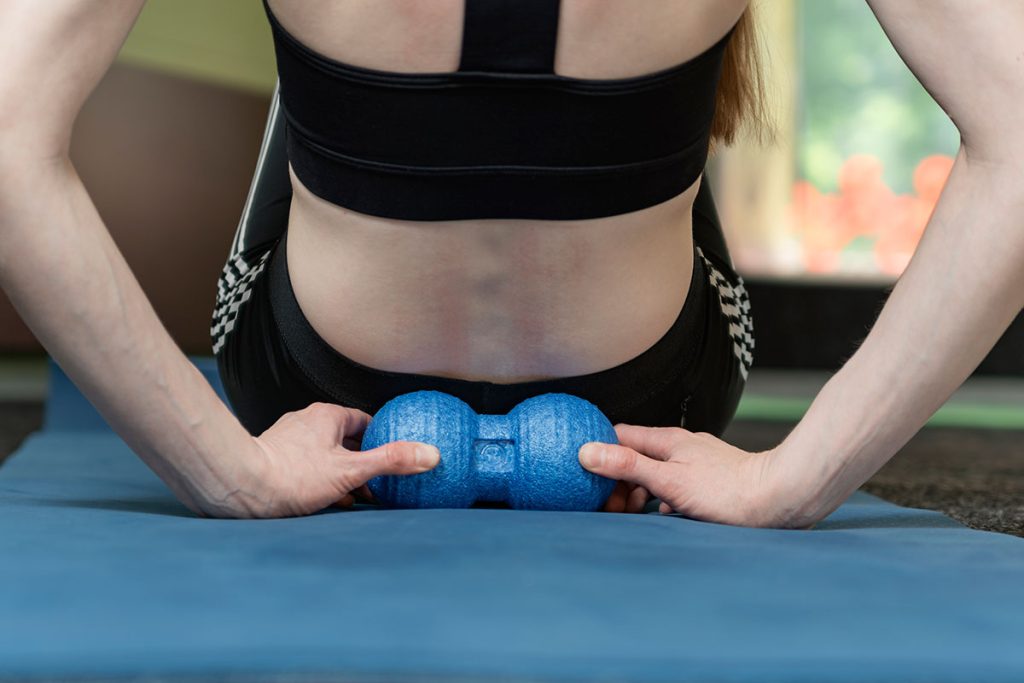When one thinks of their core, I doubt the quadratus lumborum (QL) comes to mind. The average person in the gym is not walking around saying: “I’m going to work hard on my QL today!” Despite that the fact that most don’t work on it or may never have heard of it, the QL is an important muscle and should be included in a person’s fitness programming.

Anatomy & Function
The QL is an abdominal muscle that is located deep, posterior, lateral and inferior of the spine. It originates at the iliac crest and inserts into the transverse processes of the lumbar vertebrae (L2-L5) and the 12th rib. The QL’s organization is complicated and it is hard to identify precisely the actions that occur through the contraction of fibers.
However, commonly and traditionally, the QL is known to help laterally flex and extend the spine. It also helps to slow down lateral spinal flexion on the opposite spine. Lastly, it stabilizes the lumbo pelvic hip complex (LPHC).
Weak or Tight?
The QL is commonly known as a muscle that is overactive or tight. Because of its association with low back pain, most licensed manual therapists will recommend various flexibility work, which includes soft tissue modalities (massage ball, massages, etc.) and the various types of stretching (static, active isolated or PNF) appropriate for the individual.

The suggested way to determine if ones QL is tight or weak is by having a static and dynamic postural assessment. Licensed manual therapy professionals or a qualified fitness professionals can do these. Once this is done, then they can determine if one should be improving the range of motion or working on stability, endurance and strength of the QL.
Here are a few of the recommended stretches. The acute variables for these would be 1-2 sets for a 30 sec to two-minute hold.
- Knee to chest stretch.
- Standing side stretch.
- Yoga Triangle poses.
- Extended side angle pose.
- Child’s pose.
Here are a few exercises to help stabilize and work on endurance for the QL. The acute variables for these would 1-3 sets, 12-20 reps with a 4-2-1 tempo.
- Supine Bridges
- Side Iso Abs
- Quadruped Opposite Arm/Leg Raises
- Cable or medicine ball Chops & Lifts
- Single leg Windmills
Conclusion
The QL is just as important of a muscle as any other. One should be sure to include it in their exercise programming just like they would do for their chests back or legs. Your assessment will determine whether your focus will be making your QL more flexible or more stable and stronger.
Maurice D. Williams is an Assistant Professor of Health & Human Performance at Freed-Hardeman University, an the owner of Move Well Fitness. With almost two decades in the industry, he’s worked with a wide range of clients, including those with health challenges like diabetes, osteoporosis, multiple sclerosis, hypertension, coronary artery disease, lower back pain, pulmonary issues, and pregnancy.

